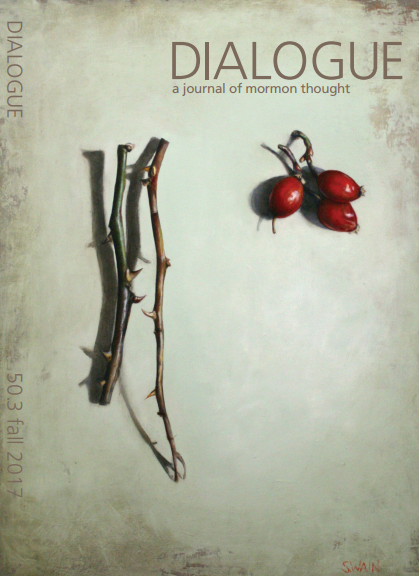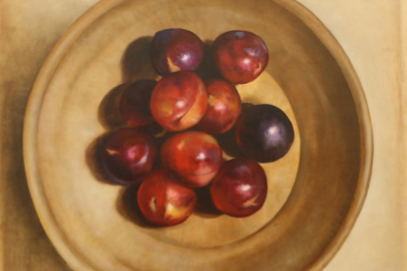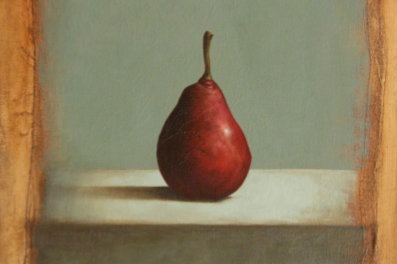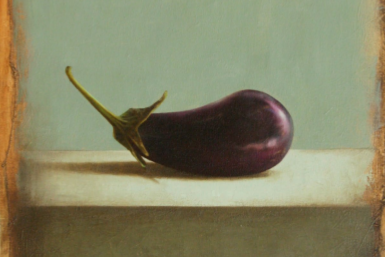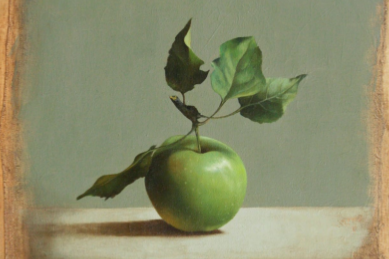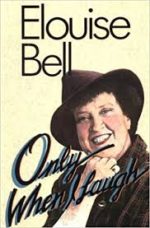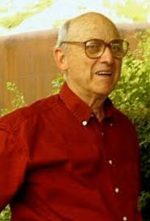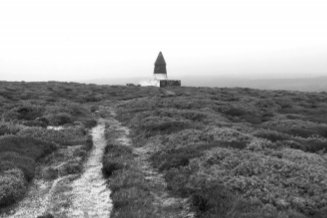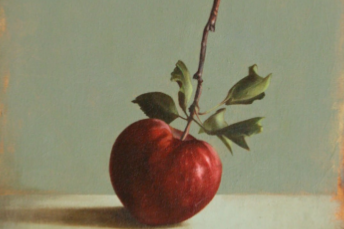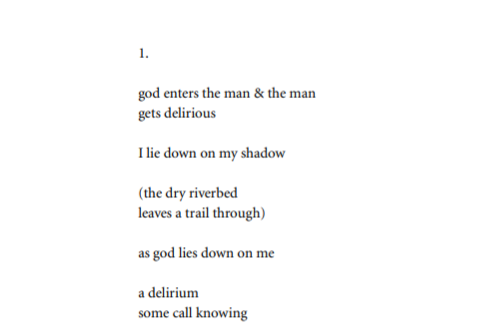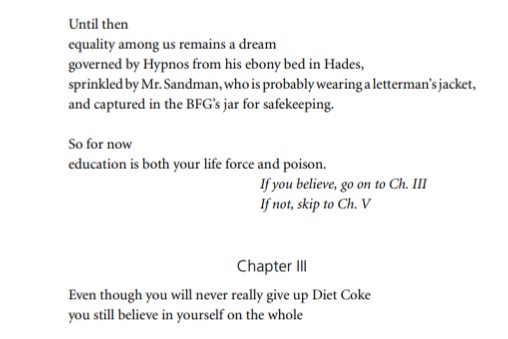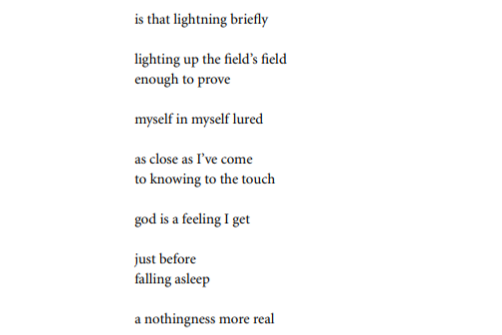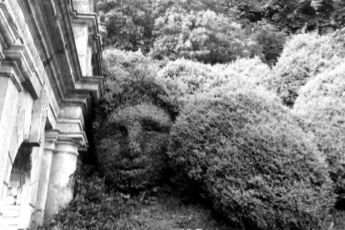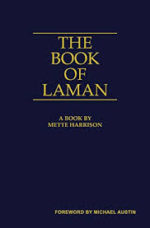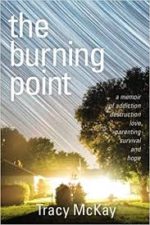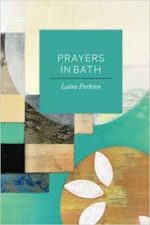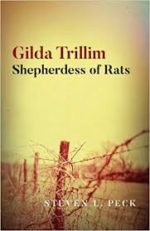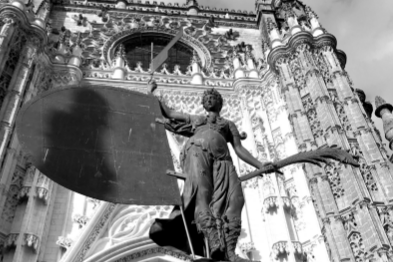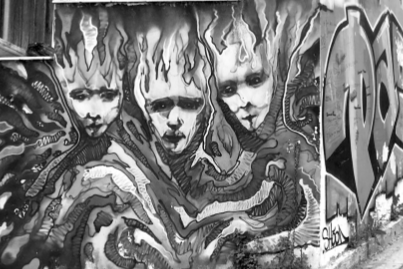Thoughts on Latino Mormons, Their Afterlife, and the Need for a New Historical Paradigm for Saints of Color
Ignacio M. GarciaThe following thoughts come from my experience as a faithful and ortho dox Latter-day Saint, as a Mormon bishop, as a critic of some aspects of institutionalized Mormonism, and as an activist and scholar of faith navigating what is and has been for most of my life a complicated environment where racial/ethnic issues are ever present but rarely discussed in ways that bring closure. My particular scholarship and activism on behalf of Mexicans and Latinos is encapsulated within this setting and I admit that I have not been freed from the complication that it brings to my faith except for those moments when I immerse myself in those Latino Mormon spaces that are my Spanish-language barrios (wards).
Read more





